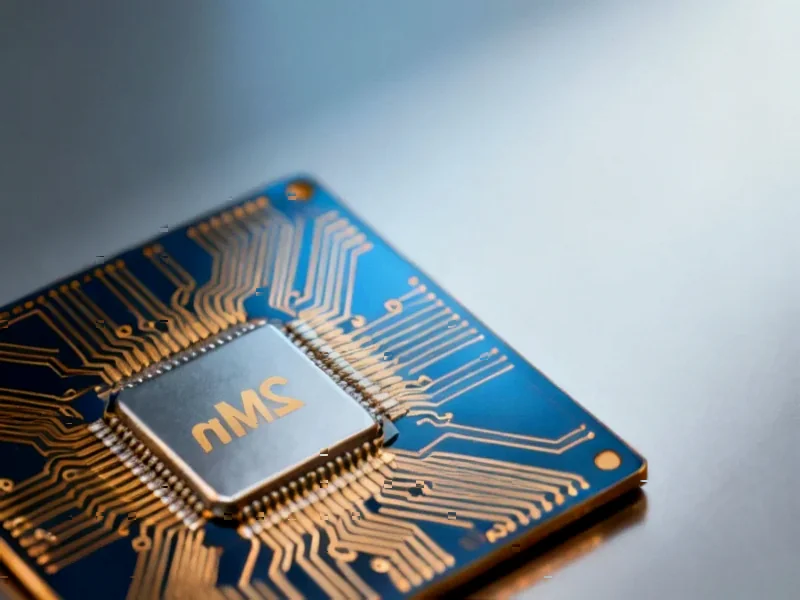According to Android Police, Samsung’s first trifold Galaxy phone may launch exclusively in Asian markets including China, Singapore, Taiwan, and South Korea, with potential limited availability in the UAE. The device is reportedly limited to just 50,000 units with a $3,000 price tag, and reliable leaker Evan Blass suggests the US market will be excluded from the initial rollout. This constrained launch strategy reflects Samsung’s cautious approach to next-generation foldable technology.
Table of Contents
Understanding Samsung’s Foldable Evolution
Samsung’s journey in foldable technology began with the original Galaxy Fold in 2019, marking the company’s commitment to redefining smartphone form factors. The Samsung Galaxy foldable lineup has evolved through multiple generations, with the company establishing itself as the market leader in this emerging category. The transition to trifold technology represents a significant engineering challenge, requiring multiple hinge mechanisms and display layers that must maintain durability while minimizing thickness. This complexity explains both the premium pricing and limited production capacity, as manufacturing yields for such intricate designs typically start low before scaling.
Critical Market Strategy Analysis
Samsung’s decision to potentially exclude the US market from the initial trifold launch represents a calculated risk that deserves scrutiny. While Asian markets have demonstrated stronger appetite for premium foldable devices, the US remains the world’s most profitable smartphone market. This strategy suggests Samsung may be prioritizing markets where Samsung faces less competition from Apple in the ultra-premium segment, or where consumer willingness to experiment with novel form factors is higher. The limited 50,000-unit production run indicates this is essentially an extended market test rather than a true commercial launch, allowing Samsung to gather real-world usage data while minimizing financial exposure.
Industry Implications and Competitive Landscape
The trifold form factor represents the next frontier in the foldable wars, with Chinese manufacturers like Huawei and Xiaomi also developing similar concepts. By launching initially in China and surrounding markets, Samsung positions itself to compete directly with domestic champions on their home turf while avoiding immediate comparison with Apple’s conventional slab phones in the US. The $3,000 price point creates significant barriers to adoption, potentially limiting the device to early adopters and technology enthusiasts rather than mainstream consumers. This pricing strategy also protects Samsung’s existing Galaxy Z Fold and Flip lineup from cannibalization while establishing a new premium tier.
Realistic Outlook and Market Evolution
Based on Samsung’s historical pattern with innovative form factors, a broader global rollout including the US would likely depend on first-generation reception and manufacturing scalability. The company’s South Korea-based production facilities may face challenges ramping yield rates for the complex hinge and display systems required for trifold functionality. Market success will ultimately depend on whether the additional screen real estate provides meaningful utility beyond current foldables, or if it becomes a solution in search of a problem. Given the specialized nature of One UI adaptations required for multiple screen states, software optimization will be as critical as hardware execution in determining whether trifold devices represent the future or remain a niche experiment.



